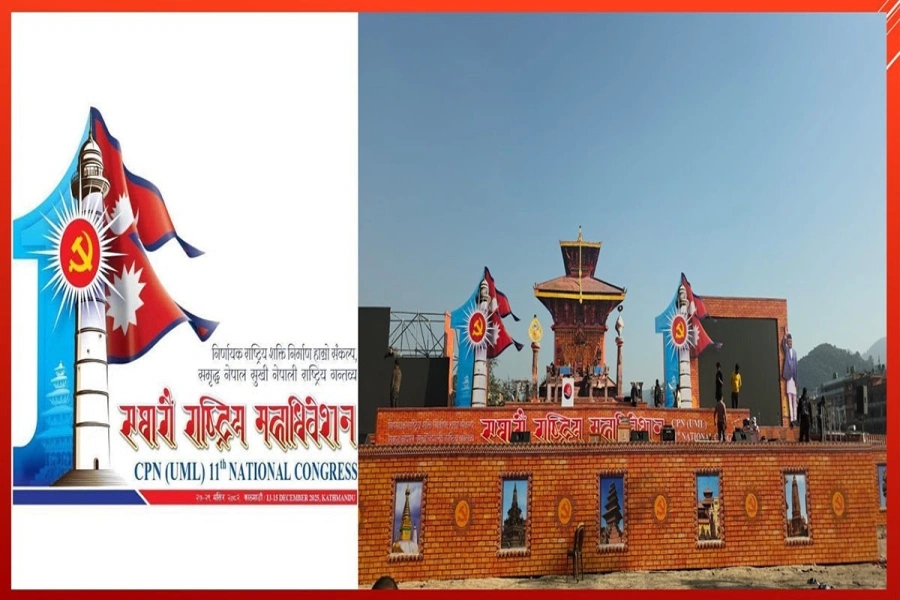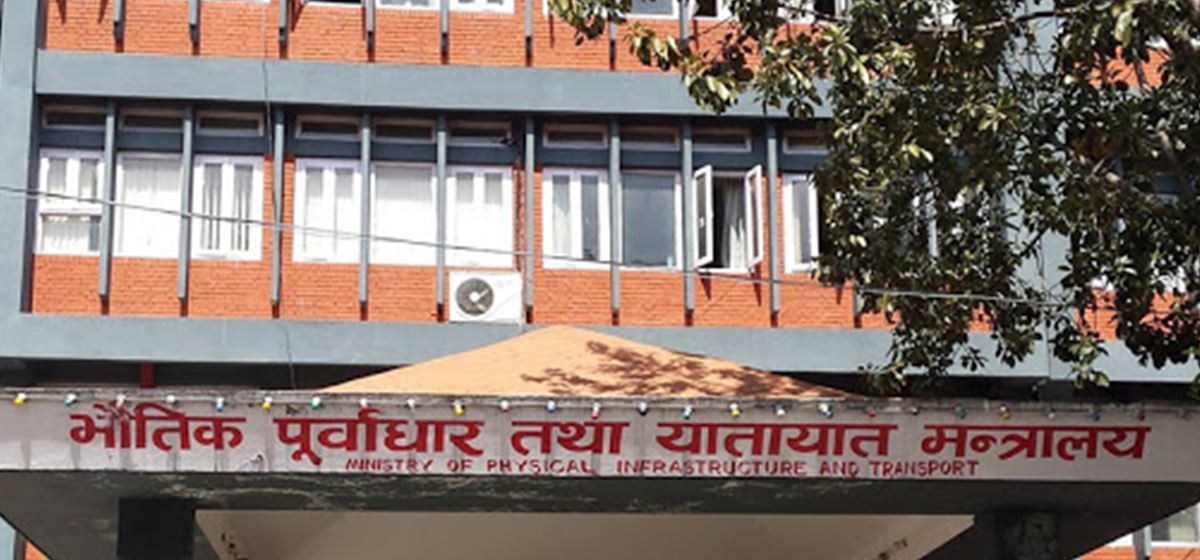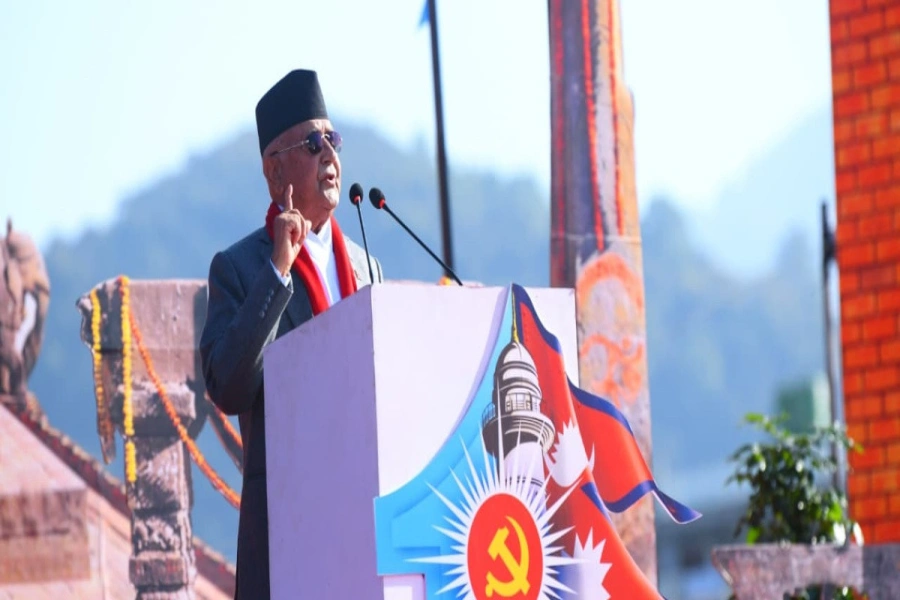The country is currently experiencing heavy rains, leading to floods and landslides that are wreaking havoc across the nation. The incessant rainfall has caused widespread fear, particularly among the poorer segments of the population, as the threat of potential landslides looms large. Tragically, many lives have been lost, and countless construction projects have been damaged. As reports of floods and landslides continue to pour in, it is challenging to accurately estimate the full extent of the loss and damage incurred this rainy season. The recurring disasters caused by rain are inflicting significant loss of life and property. While natural disasters are the immediate cause, the government's indirect role in these tragedies cannot be overlooked. For instance, when a person dies because their house is buried by a landslide, it highlights the government's failure to provide safe housing, a right guaranteed by our constitution. The same applies to the destruction of infrastructure; while natural disasters are directly to blame, the government's negligence in building resilient structures is a significant contributing factor. The collapse of a bridge often results from slow construction processes, and road erosion is due to improper construction. Therefore, it is evident that the primary reason our infrastructure is damaged by floods and landslides is due to negligence in their construction.
Whether the disaster is an earthquake or a flood or a landslide, the underlying cause of significant loss is the weak structures we have built. If these events were the main causes of damage, all houses, bridges, and roads would be destroyed, but this is not the case. Only weak structures collapse, illustrating our failure in providing robust defenses against natural calamities. Currently, dozens of highways across the country have been temporarily blocked, and 41 bridges have been damaged. Roads have been washed away in several places, and numerous culverts have been destroyed. This widespread damage highlights the failure to build resilient infrastructures. Much of this damage is seen in constructions where quality was compromised due to corruption and collusion between government employees and party leaders. Therefore, those involved in the construction of such weak structures must be held accountable. A striking contrast can be seen in the Banepa-Bardibas road built by Japan, which remains durable and reliable even in challenging geographical conditions, requiring minimal maintenance. In contrast, domestic projects like the Sikta irrigation project and the Melamchi water supply project, despite their massive budgets, have seen their structures collapse, deteriorate or get blocked. Some structures have even been destroyed before being handed over to the concerned authorities.
Tourists demand construction of required infrastructures to rea...

The primary reason for these failures is the neglect of proper infrastructure planning and construction. Before starting any development work, it is crucial to ensure that the structures can withstand expected loads and last for a long time. There must be zero tolerance for compromising on quality and strict action must be taken against contractors, middlemen, employees, and leaders who collude to defraud the country and its people. Only by adopting such measures can we prevent the loss of hundreds of lives and billions in property during every disaster. It is imperative to build resilient infrastructures that can endure the tests of time and nature, ensuring the safety and well-being of our citizens.






-1765616104-1765618344.webp)






























-1765616104.webp)